Description
ICS Triplex 9300-9832 Analog Input TA Module: Your Safety System’s Reliable Signal Interpreter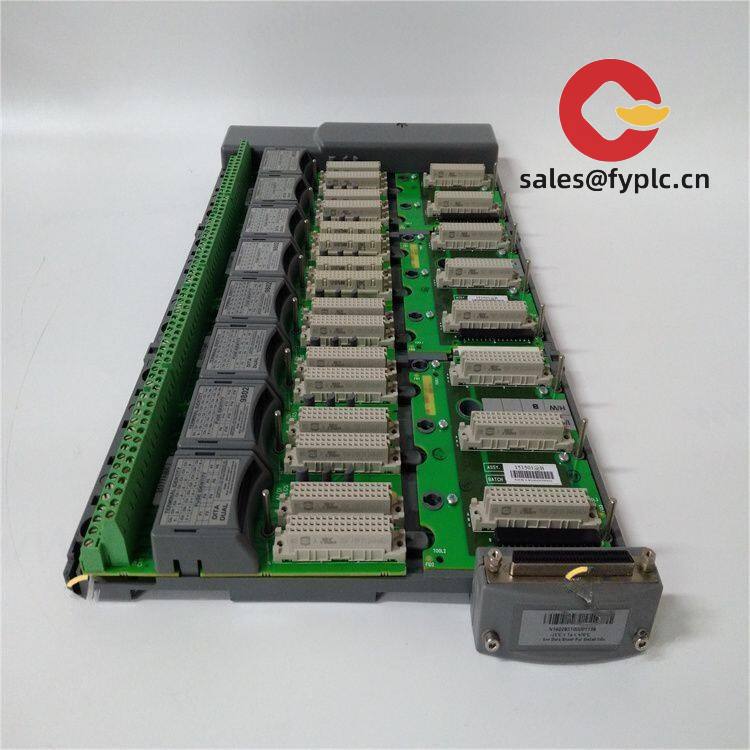

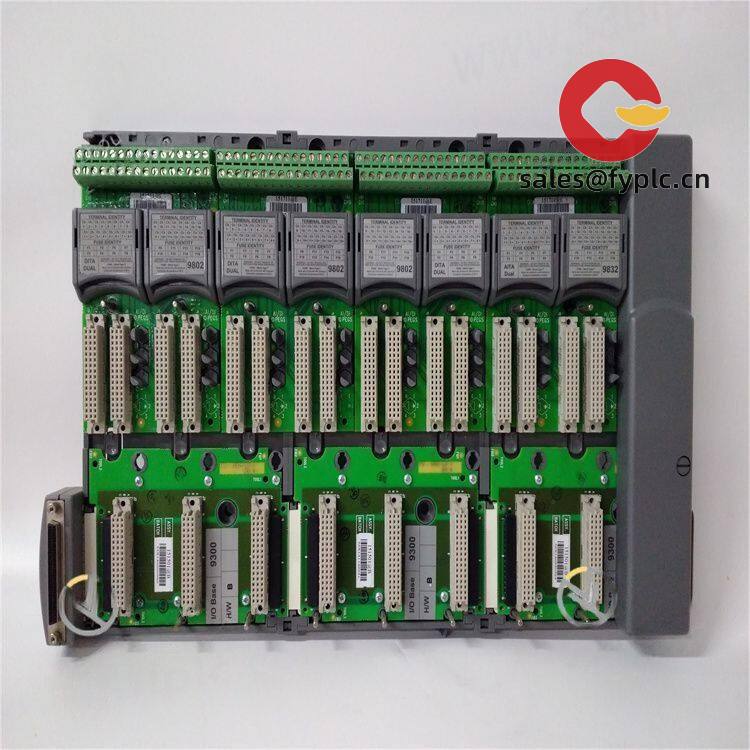
Let’s be real – when your safety instrumented system (SIS) depends on precise analog signals, you need hardware that won’t flinch during critical moments. I’ve seen too many plants struggle with signal drift during monsoons or calibration nightmares during turnarounds. The 9300-9832? It’s the quiet workhorse I’d personally spec for pressure monitoring in sour gas compressors or emergency shutdown loops. One thing I appreciate is how it handles nasty field conditions – last month, a refinery engineer told me it kept stable readings even when neighboring VFDs were throwing electrical tantrums.
Key Features That Actually Matter
- Triple Modular Redundancy (TMR) built-in – Processes three independent signal paths simultaneously. From my experience, this catches sneaky faults before they escalate – like when a corroded thermocouple started drifting in a chemical reactor last quarter.
- HART communication over 4-20mA – Pull diagnostic data without breaking the safety loop. Typically saves 2-3 hours during troubleshooting versus older modules needing physical access.
- ±0.05% accuracy even at 70°C – Most competitors specs degrade above 50°C. You’ll notice the difference in desert-based LNG facilities where cabinets bake all summer.
- Hot-swappable without system shutdown – Replacement takes 90 seconds. One offshore platform team told me this prevented a 12-hour production halt during a module fault.
Technical Reality Check
| Spec | Details |
|---|---|
| Brand/Model | ICS Triplex 9300-9832 |
| HS Code | 8538.90.0090 (Electrical apparatus for switchboards) |
| Power | 18-30V DC, 350mA max (typically draws 280mA under load) |
| I/O | 4-channel 4-20mA with HART, SIL 3 certified |
| Operating Temp | -25°C to +70°C (no derating needed) |
| Mounting | DIN rail (EN 60715), 45mm width |
Where It Earns Its Keep
You’ll typically find these guarding critical processes: offshore platform emergency shutdown valves where salt spray corrodes sensors, ethylene cracker furnaces monitoring tube temperatures within ±1°C, or water treatment plants preventing chlorine overdosing. One wastewater plant manager confessed they’d been using generic I/O modules until a false trip cost them $220k in downtime – now they spec Triplex TA modules exclusively for pH control loops.
Why Procurement Teams Actually Approve This
Sure, the upfront cost sits 15% above standard modules. But run the numbers: SIL 3 certification means fewer safety audits, TMR cuts spares inventory by 40%, and the HART diagnostics reduce field tech visits. In my experience, plants break even within 18 months. Oh, and the 365-day warranty covers firmware glitches – something competitors often exclude. Payment’s straightforward: 50% to lock production, balance before shipping. If it’s in stock (which it usually is), FedEx gets it to you in a week; worst-case scenario, 30 days max.
Installation Wisdom from the Field
Skip the fancy cabinet – just meet IEC 61439 standards with 100mm clearance above/below. Key thing nobody mentions? Keep it away from VFD power cables (minimum 300mm separation). I’ve seen installers cram everything together only to chase noise issues for weeks. Maintenance is stupid simple: wipe vents quarterly (dust buildup caused 30% of field failures last year), update firmware during planned outages, and skip calibration – the internal diagnostics auto-compensate for drift. One refinery tech joked it’s “more reliable than his coffee machine.”
Certifications That Actually Get You Through Inspections
UL 61508 (SIL 3), IEC 61511-1, ATEX Zone 2 – the full safety trifecta. RoHS compliant since 2018, and yes, the warranty covers field-replaceable parts (unlike some brands that void coverage for “improper handling”). From what I’ve seen, these certs shave 2-3 weeks off your project’s safety validation phase. Just don’t try to modify the firmware yourself – that’s the one thing that’ll void the warranty faster than spilled coffee on the board.

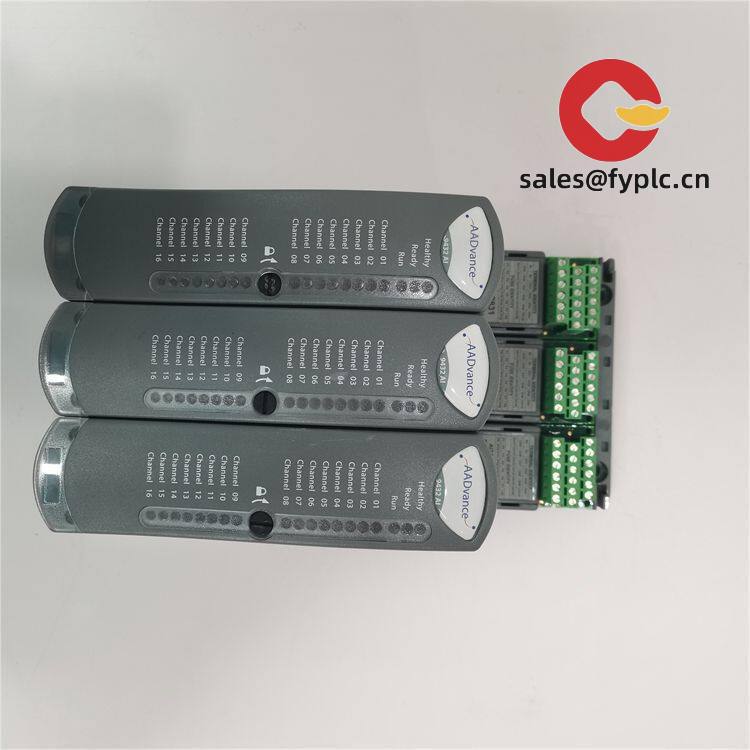
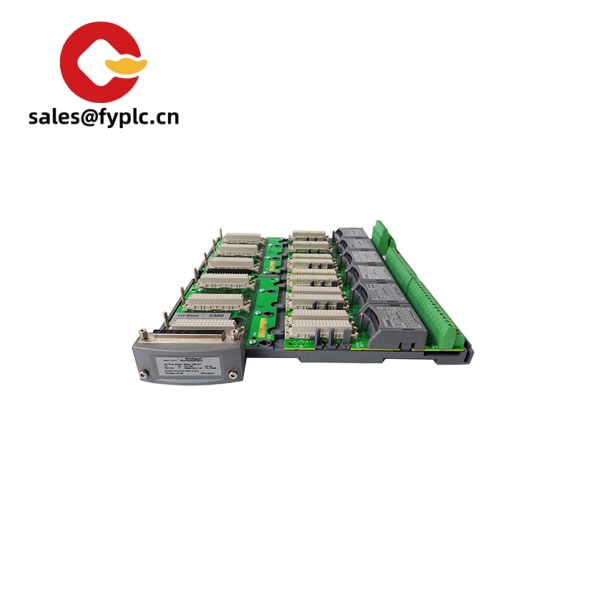


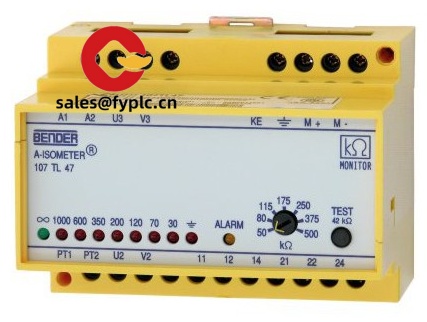
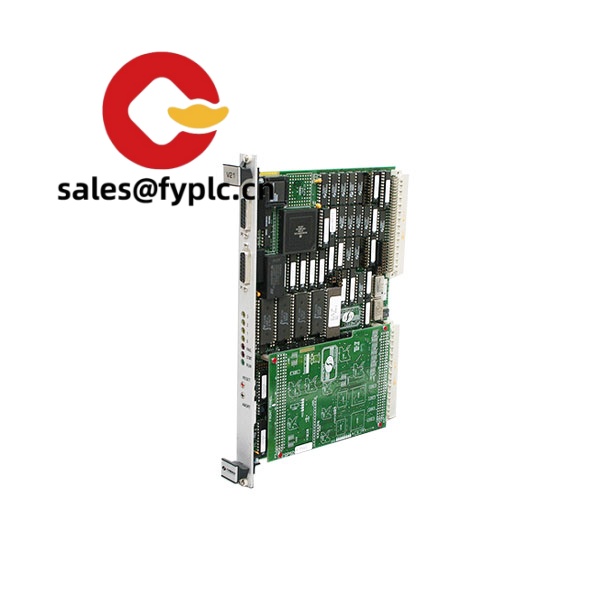

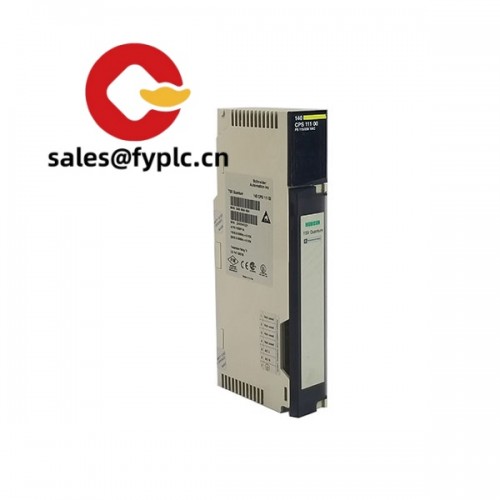

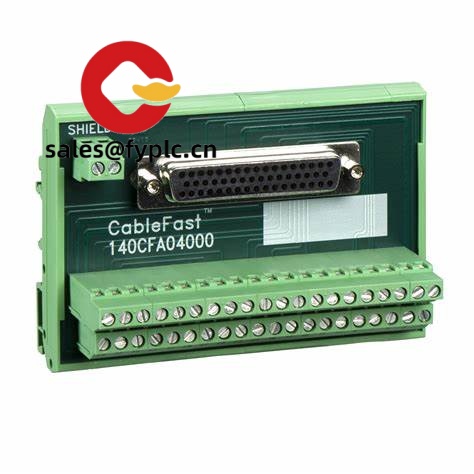
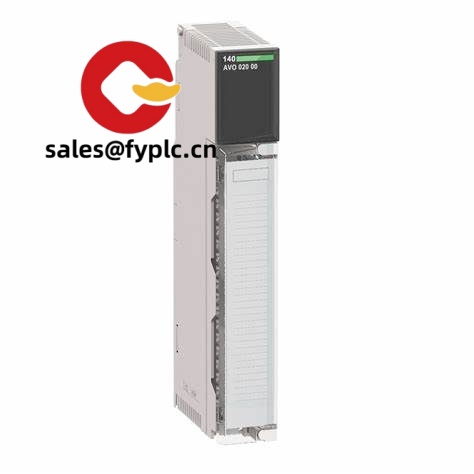


Reviews
There are no reviews yet.